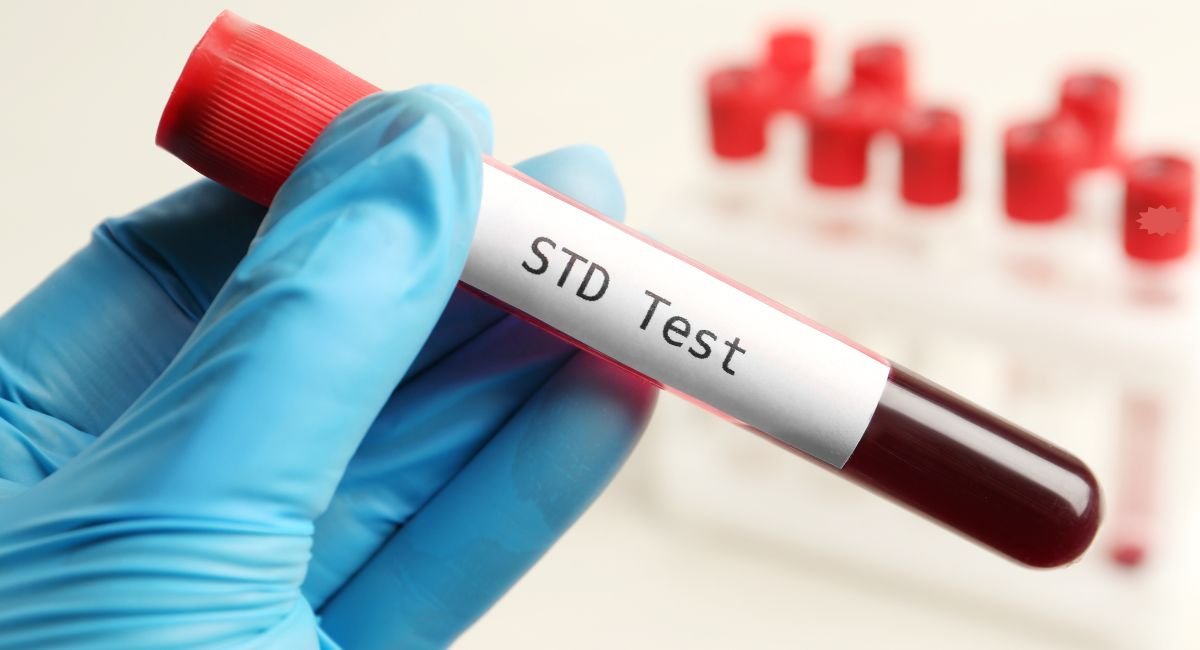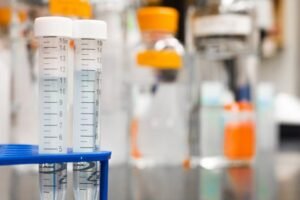Sexual health is an essential aspect of overall well-being, yet it’s often overlooked or misunderstood. One crucial topic within sexual health is the distinction between sexually transmitted diseases (STDs) and sexually transmitted infections (STIs). While these terms are often used interchangeably, there are important differences that everyone should be aware of.
STDs and STIs refer to infections that are passed from person to person through sexual contact. However, they differ in terms of their symptoms and progression. In this blog post, we’ll explore the key differences between STDs and STIs, offer practical tips for reducing your risk, and address common misconceptions.
What Are STIs?
Sexually transmitted infections (STIs) are infections that are transmitted through sexual contact. Unlike STDs, STIs may or may not show symptoms, making them even more challenging to detect and treat. Common examples of STIs include:
- Chlamydia
- Gonorrhea
- Human papillomavirus (HPV)
- Herpes
It’s important to understand that STIs can be present in the body without causing any noticeable symptoms. This means that someone can unknowingly transmit an infection to others, even if they feel perfectly healthy.
What Are STDs?
Sexually transmitted diseases (STDs) develop when an STI progresses and causes symptoms or illness. Untreated STIs can lead to serious health problems if they are not addressed promptly. Some examples of STDs include:
- Pelvic inflammatory disease (PID), which can be caused by untreated chlamydia or gonorrhea
- Syphilis, which can progress to severe stages if left untreated
It’s crucial to remember that STDs are often the result of untreated STIs. Therefore, early detection and treatment of STIs are essential for preventing the development of STDs.
Key Differences Between STDs and STIs
One of the primary differences between STDs and STIs is the presence of symptoms. While STIs can be asymptomatic, STDs usually involve signs of illness. However, it’s important to note that not everyone with an STI will develop symptoms.
In recent years, there has been a shift in medical terminology, with many healthcare professionals now using the term “STI” instead of “STD.” This is because STIs can be detected and treated before they progress into diseases. Early detection and treatment are key to preventing the long-term health consequences associated with STDs.
How to Reduce Your Risk of STDs and STIs
There are several steps you can take to reduce your risk of contracting STDs and STIs:
- Regular Testing: Getting regular sexual health check-ups is crucial, especially for sexually active individuals. These check-ups can help detect infections early, even if you don’t have any symptoms.
- Condom Use: Condoms are highly effective in preventing the transmission of most STIs and STDs. However, it’s important to remember that condoms may not provide complete protection against infections like HPV or herpes, which can be transmitted through skin-to-skin contact.
- Vaccinations: Certain STIs, such as HPV and Hepatitis B, can be prevented through vaccination.
- Open Communication: Talking openly with your sexual partners about your sexual health history is essential. This can help you both make informed decisions about your sexual health.
- Monogamy and Reduced Number of Partners: Limiting the number of sexual partners can significantly reduce your risk of contracting STIs and STDs.
- Avoiding Alcohol and Drugs During Sex: Substance use can impair judgment and increase the risk of engaging in risky sexual behaviors.
Common Myths and Misconceptions
There are many myths and misconceptions surrounding STDs and STIs. Here are a few of the most common:
- Myth: STIs always show symptoms.
- Myth: You can only contract an STI through penetrative sex.
- Myth: STIs are rare in long-term relationships.
It’s important to dispel these myths and understand that anyone can contract an STI, regardless of their relationship status or sexual orientation.
What to Do If You Think You Have an STI or STD
If you suspect that you may have an STI or STD, it’s important to seek medical attention. Here are the steps you should take:
- Get Tested: Visit your healthcare provider or private gum clinic in London for testing.
- Seek Treatment: If you are diagnosed with an STI or STD, follow your doctor’s treatment plan.
- Inform Partners: If you have been diagnosed with an STI or STD, it’s important to inform your sexual partners so they can get tested and treated as well.
Conclusion
While STDs and STIs are often used interchangeably, there are important differences between them. Understanding these differences is crucial for preventing the spread of infections and protecting your sexual health.
By practicing safe sex, getting regular testing, and seeking medical attention when necessary, you can significantly reduce your risk of contracting STDs and STIs.












